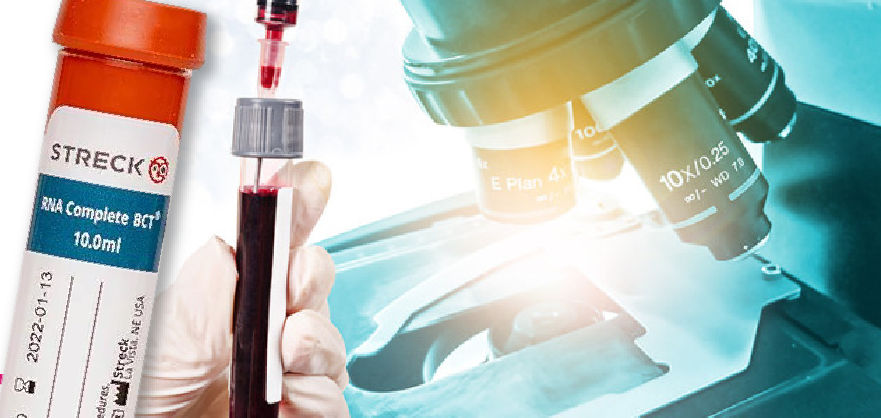The median progression-free survival was significantly longer with osimertinib than with standard EGFR-TKIs (18.9 months vs. 10.2 months; hazard ratio for disease progression or death, 0.46; 95% confidence interval [CI], 0.37 to 0.57; P<0.001). The objective response rate was similar in the two groups: 80% with osimertinib and 76% with standard EGFR-TKIs (odds ratio, 1.27; 95% CI, 0.85 to 1.90; P=0.24). The median duration of response was 17.2 months (95% CI, 13.8 to 22.0) with osimertinib versus 8.5 months (95% CI, 7.3 to 9.8) with standard EGFR-TKIs. Data on overall survival were immature at the interim analysis (25% maturity). The survival rate at 18 months was 83% (95% CI, 78 to 87) with osimertinib and 71% (95% CI, 65 to 76) with standard EGFR-TKIs (hazard ratio for death, 0.63; 95% CI, 0.45 to 0.88; P=0.007 [nonsignificant in the interim analysis]). Adverse events of grade 3 or higher were less frequent with osimertinib than with standard EGFR-TKIs (34% vs. 45%).


